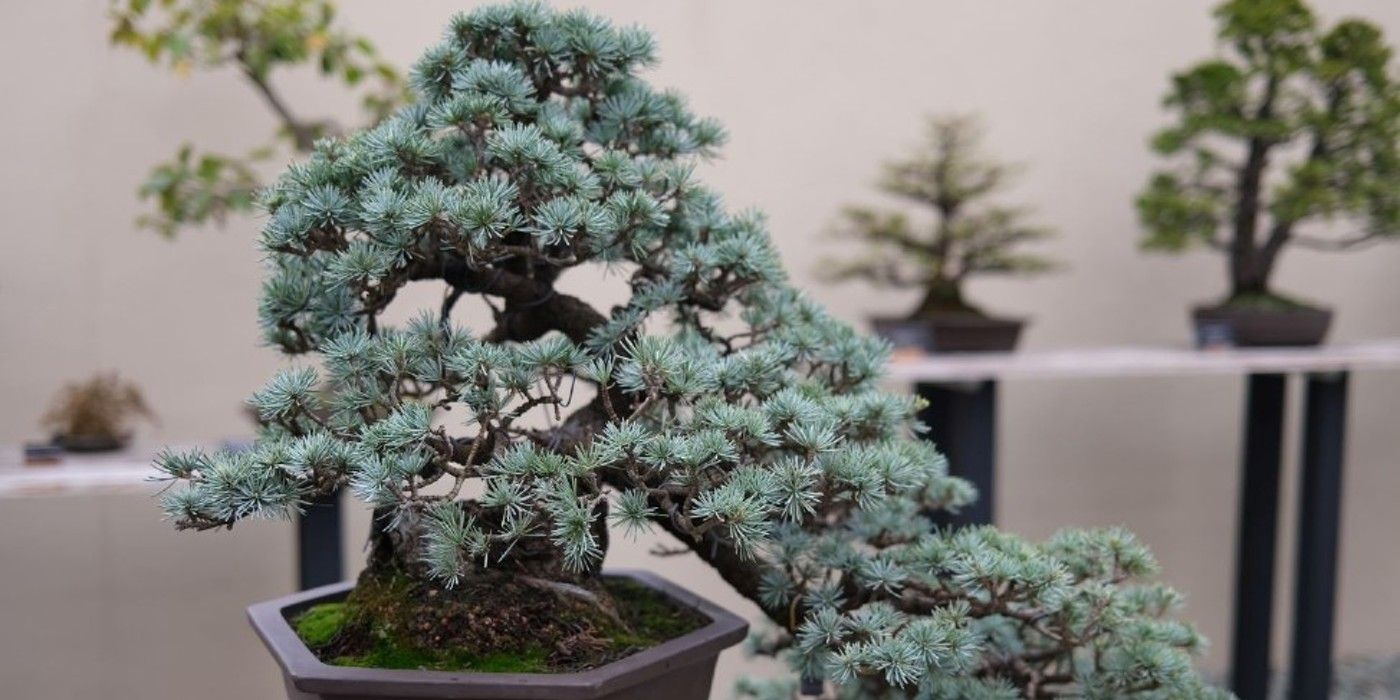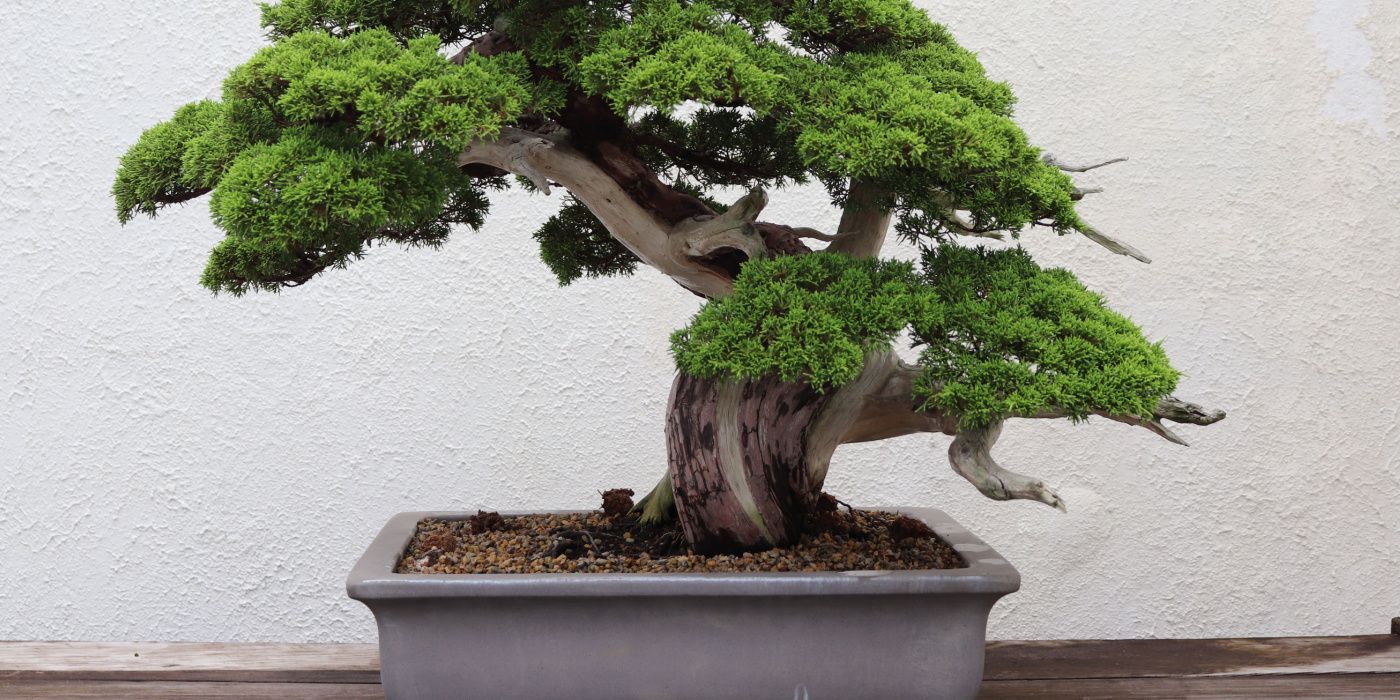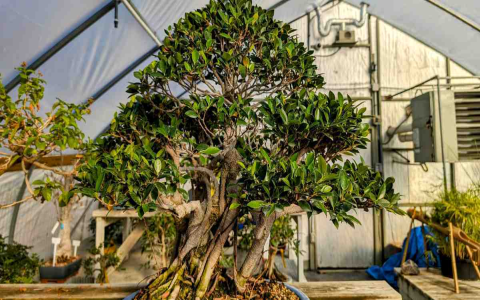Alright, let’s talk about repotting junipers. It’s something you gotta do, but figuring out when can feel a bit tricky sometimes. I don’t follow super strict rules, it’s more about watching the tree and seeing what it needs, you know?
Checking if it’s Time
So, how do I know? Well, first thing I look at is how long it’s been. For my younger, faster-growing junipers, I’m usually checking them every couple of years, maybe two or three. The older, more settled ones? Maybe I push it to four or five years, sometimes longer. But time alone isn’t the only thing.

The big giveaway for me is often the watering. If I water the pot and it takes forever to drain through, or if the water just sits on top for a while, that’s a big sign. It usually means the pot is getting packed solid with roots, not much soil left, and there’s no room for water to move.
Another thing I do, especially in early spring before the big growth spurt really kicks off, is gently try to lift the tree from its pot. If the whole root ball comes out easily in one solid block, looking like a tight brick of roots with hardly any soil visible on the outside, then yeah, it’s probably time. You might even see roots circling around the bottom edge.
Why Spring?
I almost always aim for early spring for repotting my junipers. Just as the buds start to swell, maybe late winter if you’re in a milder place. The tree is waking up, it’s got energy stored to push out new roots, but it’s not in full-on growth mode yet. This timing seems to help them recover quicker in my experience. Doing it mid-summer stresses them out way too much, and fall is okay sometimes, but spring feels safest for me.
My Repotting Steps – Quick Rundown
When I’ve decided it’s time, here’s roughly what I do:
- Get it out: Carefully slide the tree out of the pot. Sometimes I run a knife or a little root sickle around the inside edge if it’s really stuck.
- Check the roots: I gently tease out the roots with a chopstick or a root hook. I’m looking for thick circling roots, any dead or mushy bits, and just how dense the whole thing is.
- Trim a bit: I trim off maybe a quarter, sometimes up to a third, of the root mass. I focus on the thickest roots and any that are circling badly around the bottom. I try not to take off too many of the fine feeder roots if I can help it. Don’t go crazy, especially with older trees.
- Prep the pot: Clean the old pot (or get a new one ready). Make sure the drainage holes are clear. I put mesh screens over the holes and sometimes add wires through the holes to help anchor the tree later.
- Add new soil: I put a layer of fresh, gritty, well-draining bonsai soil in the bottom of the pot.
- Position the tree: Place the tree back in the pot. I try to get it at a good angle and height.
- Fill ‘er up: Add more fresh soil around the roots, using a chopstick to gently work it in and get rid of big air pockets. Make sure soil gets under the root base too.
- Secure (if needed): If the tree feels wobbly, I use those wires I put in earlier to hold it steady. Just wrap them gently over a couple of the main roots and twist tight underneath the pot.
- Water well: This is super important. I water thoroughly until water runs freely from the drainage holes. This settles the soil around the roots.
Aftercare is Key
After repotting, I usually stick the juniper somewhere sheltered for a few weeks – out of strong wind and direct, hot sun. Keep the soil consistently moist, but not soaking wet. No fertilizer for about a month or so, gotta let those new roots establish first.
So yeah, that’s basically my process. It’s not rocket science. Mostly just paying attention to the tree, checking the roots every few years, and doing the job in spring when the tree can handle it best. Every tree’s a bit different, so you learn what works for yours over time.






















